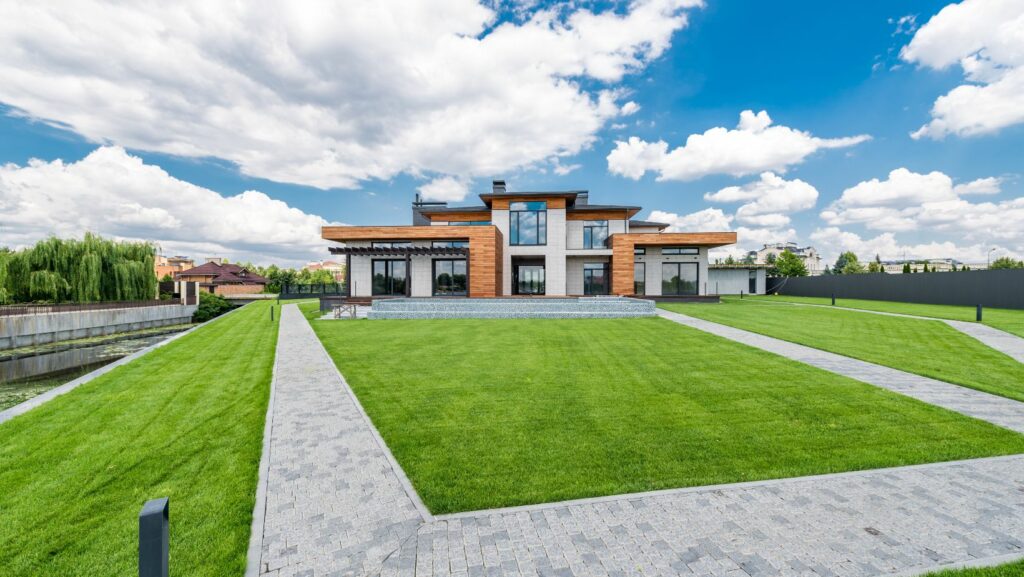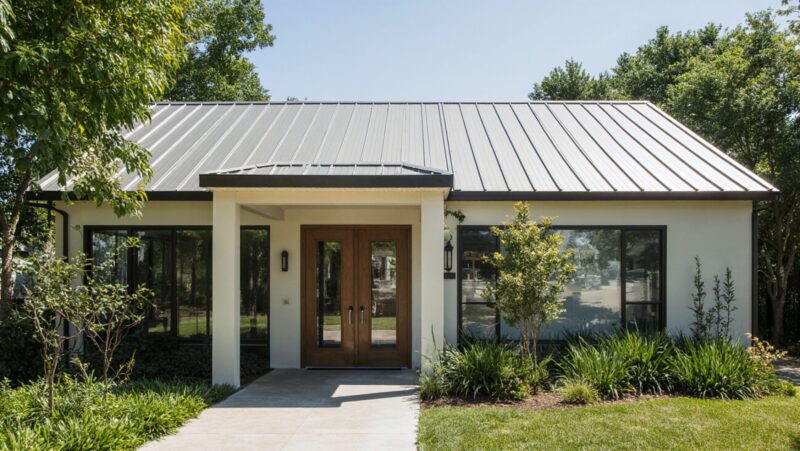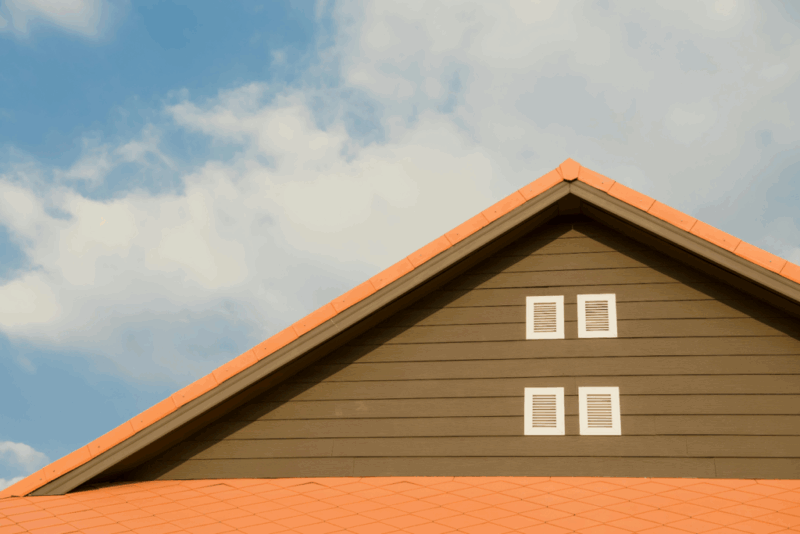
Landscaping plays a crucial role in turning a house into a home. When it comes to newly built homes, homeowners have a unique opportunity to create their dream outdoor space from scratch. Understanding the basics of landscaping is essential before embarking on this exciting endeavor. In this article, we will explore the importance of landscaping for your new home, the key elements of a well-designed landscape, and practical tips for designing and maintaining your outdoor space.
Understanding the Basics of Landscaping
The design build process involves creating a harmonious balance between the natural environment and the architectural elements of your home. A professionally designed landscape not only enhances your property’s aesthetics but also adds value and functionality to your outdoor living spaces.
Front and backyard landscaping ideas are vast, and each homeowner has unique preferences and requirements. From lush green lawns to vibrant flower gardens, the possibilities are endless when it comes to creating a landscape that reflects your style and complements your new home.
The Importance of Landscaping for Your New Home
Landscaping is not just about creating a visually appealing outdoor space. It has numerous benefits for your newly built home. First and foremost, a well-designed landscape enhances curb appeal, making your property more inviting and increasing its value.
Additionally, landscaping can improve energy efficiency by providing shade in strategic areas and reducing heat absorption. It also contributes to a healthier environment by absorbing pollutants, reducing erosion, and providing habitat for birds and beneficial insects.
Moreover, a thoughtfully designed landscape can create functional outdoor areas for entertaining, relaxing, and enjoying nature. From cozy seating areas to fire pits and outdoor kitchens, you can design a space that suits your lifestyle and enhances your quality of life.
Key Elements of a Well-Designed Landscape
A successful landscaping project incorporates several key elements to create a cohesive and visually pleasing outdoor space. These elements include:

- Plant Selection: Carefully choose plants that thrive in your climate and suit your preferences. Consider factors such as color, texture, height, and maintenance requirements.
- Hardscape Features: Integrate hardscape elements, such as walkways, patios, and retaining walls, to add structure and functionality to your landscape design.
- Water Features: Consider adding a water feature, such as a pond or fountain, to introduce the soothing sounds of nature and create a focal point in your landscape.
- Lighting: Install outdoor lighting to extend the usability of your outdoor spaces into the evening hours and enhance the overall ambiance of your landscape.
Planning Your Landscape Design
Before diving into the exciting world of landscaping, it is essential to plan your design. Taking the time to assess your outdoor space and choosing a landscape design style that suits your home and personal taste will ensure a successful project.
Assessing Your Outdoor Space
Thoroughly evaluate your outdoor space to determine its strengths, weaknesses, and any existing features you want to preserve or incorporate into your landscape design. Consider factors such as the size and shape of your yard, sun exposure, soil conditions, and drainage. This assessment will provide valuable insights for creating a well-suited landscape.
Choosing a Landscape Design Style
Landscape design styles are diverse, ranging from formal and symmetrical to informal and naturalistic. Take inspiration from your home’s architectural style, personal preferences, and the surrounding environment. Whether you prefer a modern and minimalist design or a lush and tropical oasis, selecting a style will guide your plant selection, hardscape materials, and overall layout.
Selecting the Right Plants and Features
Choosing the right plants and incorporating hardscape features are critical steps in creating a stunning landscape that meets your needs and preferences.
Factors to Consider When Choosing Plants
When selecting plants for your landscape, consider factors such as their ability to thrive in your climate, maintenance requirements, and their intended purpose. Are you looking for privacy screening, colorful blooms, or low-maintenance options? Incorporating a diverse range of plants will add visual interest and ensure year-round beauty.
Incorporating Hardscape Features
Hardscape features, including walkways, patios, and walls, provide structure and functionality to your landscape design. Consider the materials, colors, and textures that will complement your home’s architecture and create a cohesive outdoor living space.

Hardscape elements can also help define different areas within your yard and create focal points.
Practical Tips for Landscaping a New Build Home
Embarking on a landscaping project for your new home can be exciting but also overwhelming. Here are some practical tips to guide you through the process:
Working with the Natural Environment
Take cues from the natural environment surrounding your home to create a landscape that blends seamlessly with the surroundings. Carefully consider existing trees, slopes, and natural features and work with them rather than against them. By embracing the natural topography and vegetation, you can create a harmonious and sustainable landscape design.
Maintaining Your Landscape Over Time
Maintaining your landscape is essential to preserving its beauty and functionality. Regular tasks such as mowing, watering, pruning, and fertilizing are necessary to keep your plants healthy and thriving. It’s also important to address any pest or disease issues promptly. Consider creating a maintenance schedule or hiring professional landscapers to ensure your landscape stays in top shape.
Hiring Professional Landscapers vs. DIY
Deciding whether to hire professional landscapers or tackle the project yourself depends on various factors.
When to Consider Hiring a Professional
If you have limited time, lack expertise, or desire a sophisticated design, hiring professional landscapers is a wise choice. They have the knowledge, experience, and resources to bring your landscaping vision to life. Additionally, professionals can handle complex tasks such as grading, irrigation system installation, and pool plans.
Tips for DIY Landscaping
If you enjoy hands-on projects and have the time and patience to learn, DIY landscaping can be a rewarding experience. Start small and focus on manageable tasks. Research, gather inspiration, and consult online resources or gardening books to educate yourself on easy landscaping ideas for beginners, plant care, and hardscape installation. Remember, attention to detail and proper planning are key to achieving successful DIY landscaping results.
In conclusion, understanding the basics of landscaping is crucial for creating a beautiful and functional outdoor space for your newly built home. By focusing on the key elements of a well-designed landscape, planning your design, selecting the right plants and features for your yard, and considering professional assistance when necessary, you can transform your property into a stunning oasis that reflects your style and enhances your quality of life.



